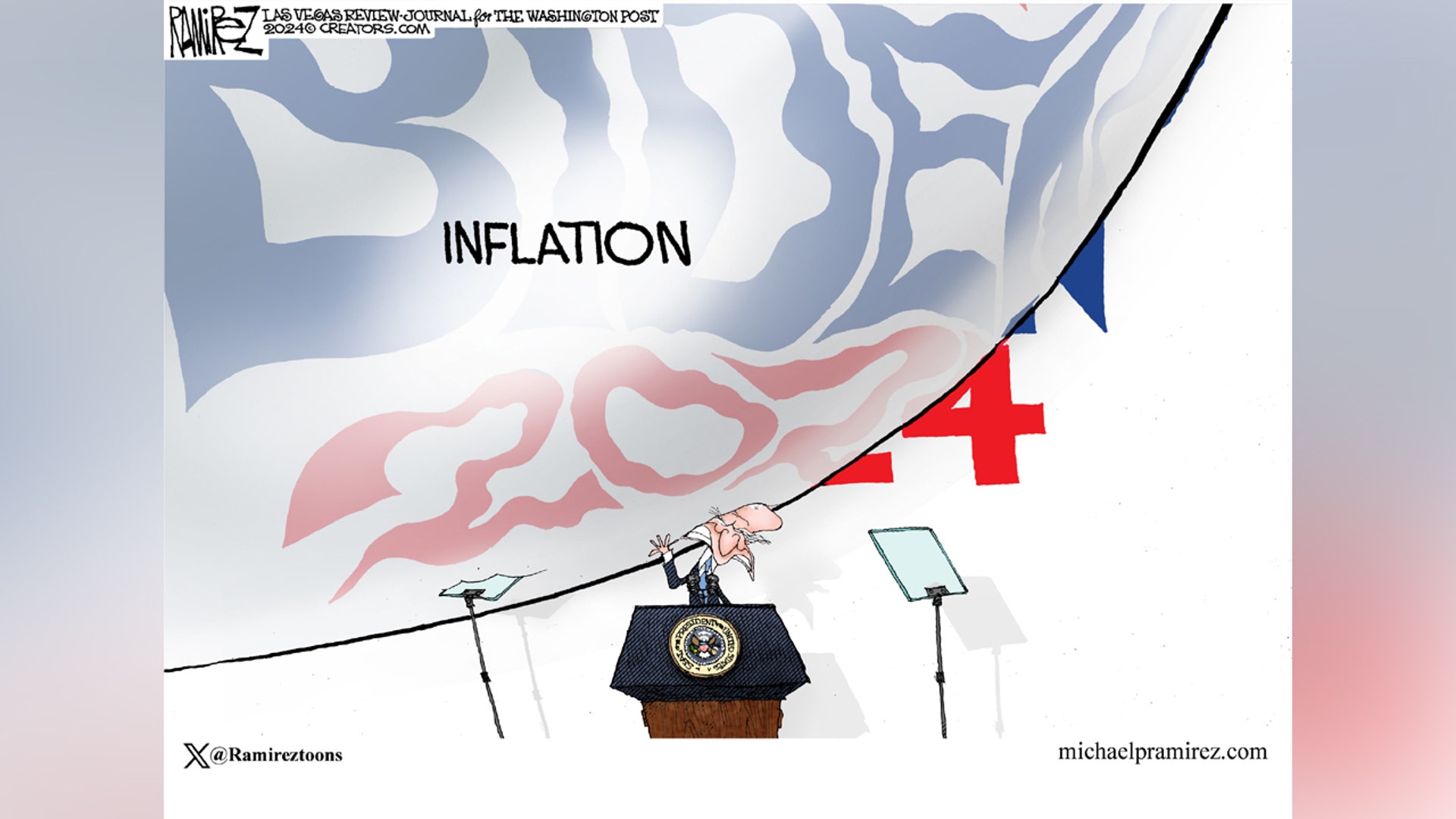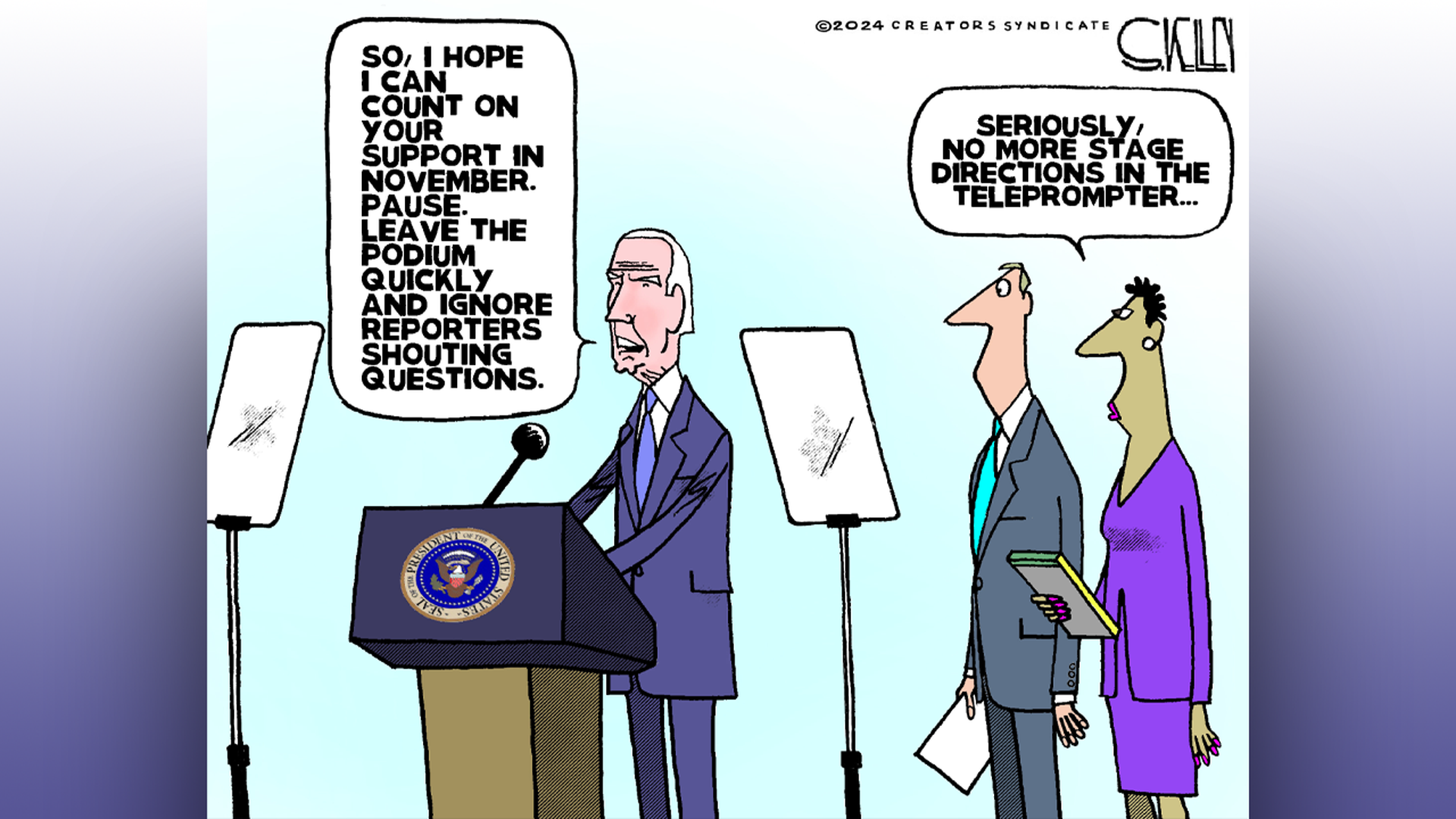
FOX NEWS
Archive for the 'President' Category
A FORMER PRESIDENT PASSED


Nixon was the 37th president of the United States, serving
from 1969 to 1974.
On April 22, 1994, the former president died after suffering a
stroke four days earlier.

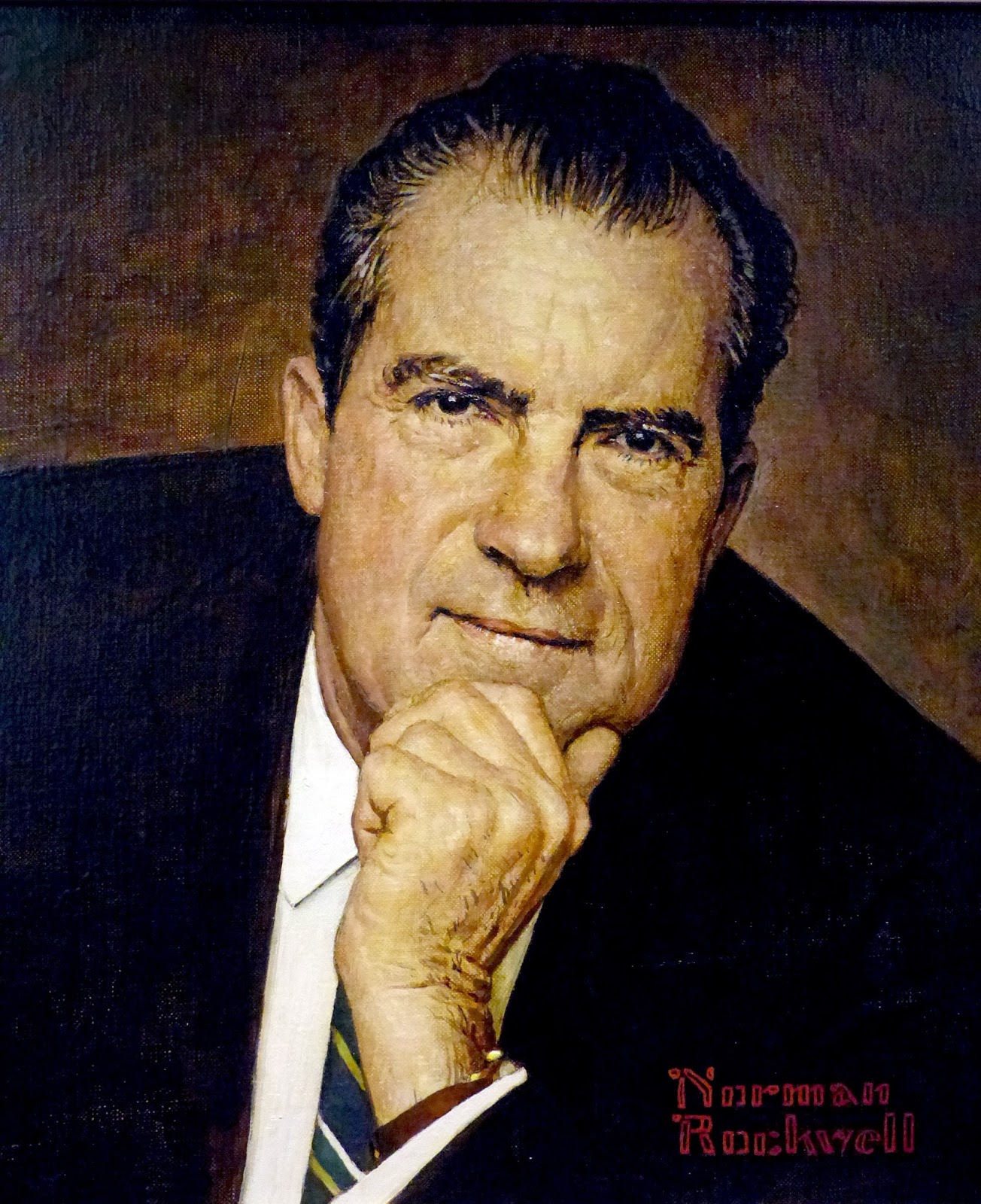
TIMBERLINE LODGE – THE BEGINNING

The mountain lodge is located on the south side of Mount
Hood in Clackamas County, Oregon, about 60 miles east
of Portland.

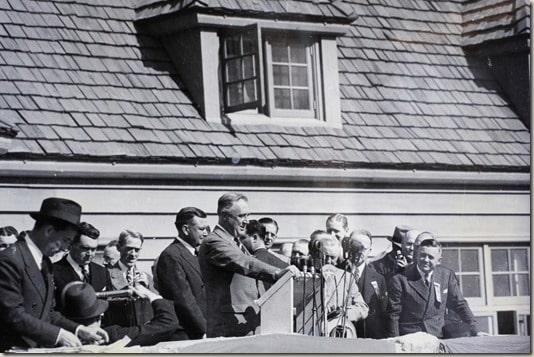
Roosevelt at the podium, dedicating Timberline Lodge.
Timberline Lodge was dedicated September 28, 1937, by
President Franklin D. Roosevelt (above).
He dedicated the lodge, saying, "I am here to dedicate the
Timberline Lodge and I do so in the words of the bronze
tablet directly in front of me on the coping of this wonderful
building: ‘Timberline Lodge, Mount Hood National Forest
dedicated September 28, 1937, by the President of the United
States as a monument to the skill and faithful performance of
workers on the rolls of the Works Progress Administration.”
Most work was complete at the time of the dedication. After
some interior details were finished, the lodge opened to the
public February 4, 1938.

Dedication panel, Timberline Lodge, Timberline Trail, Government Camp, Clackamas County.
On Thursday, April 18, 2024 a fire broke out at the lodge requiring multiple fire agencies to respond.
(From Wikipedia, the free encyclopedia)
PORTLAND, Ore. (KATU) — Multiple fire agencies responded to
a three-alarm fire at the historic Timberline Lodge on Mount Hood Thursday night.
According to Clackamas Fire, employees at the lodge called
firefighters at about 9:30 to report that a fire was burning in
the lodge’s attic.
Firefighters said that they had gotten a good handle on the fire
and were doing everything they could to preserve the historic
building.
Firefighters from Hoodland Fire, Gresham Fire, Estacada, and
Portland also responded. Timberline is closed at this time.
PRESIDENT DIES FROM ASSASSIN’S BULLET
President Abraham Lincoln died in Washington, D.C., on this
day in history, April 15, 1865, one day after he was shot by
actor John Wilkes Booth. He was 56.
Lincoln, who was elected president in 1860, was the first U.S.
president to be assassinated.
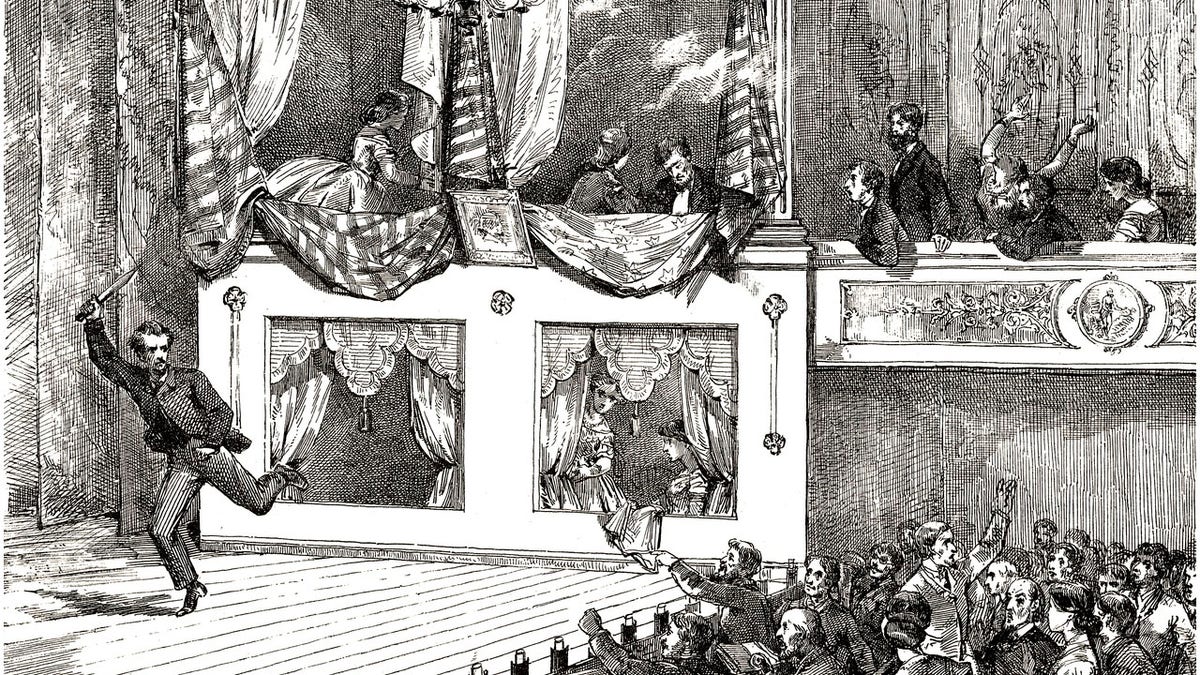
This engraving depicts John Wilkes Booth escaping after shooting President Lincoln at Ford’s Theatre.
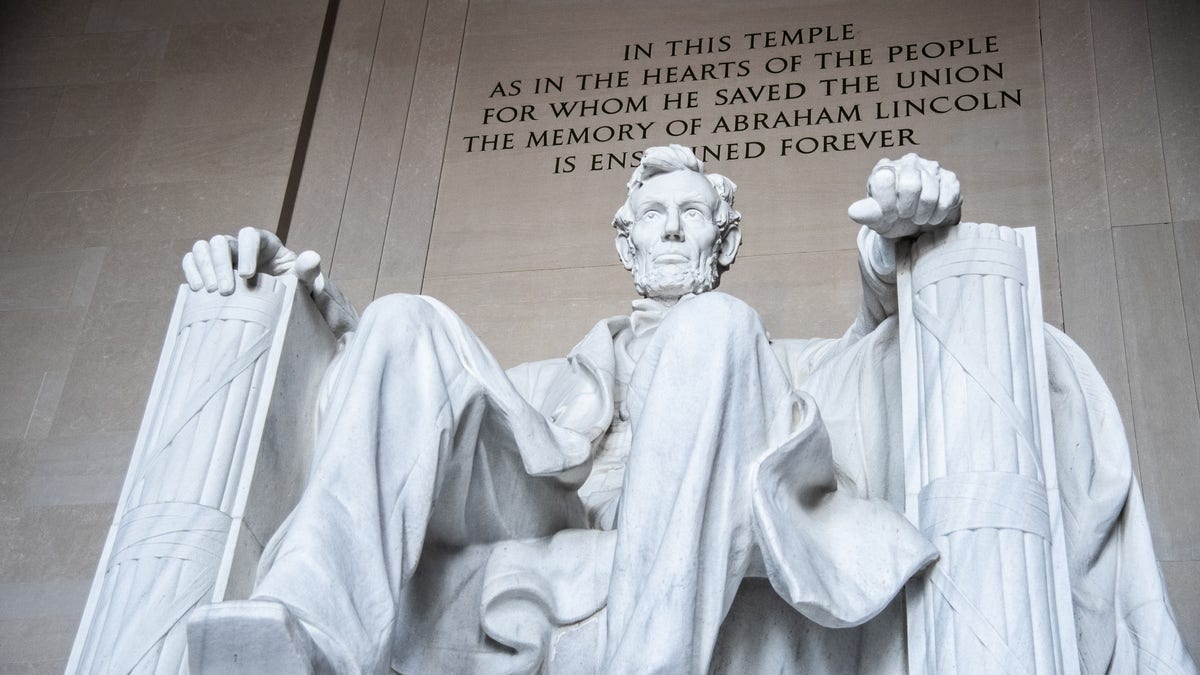
The Lincoln Memorial on the National Mall and is dedicated
to the memory of President Abraham Lincoln.
Calendar
Recent Comments
- mary Lynn commented on GOING TO PLAY, YOU NEED YOUR MARBLES
(6 weeks ago) - Mary Lynn commented on ‘’FATHER OF THE CONSTITUTION” WAS BORN
(6 weeks ago) - Sandra Bonitz commented on ACTOR RAY MILLAND DIED ON THIS DAY
(7 weeks ago)
-
Recent Posts
Categories
Links
Archives
